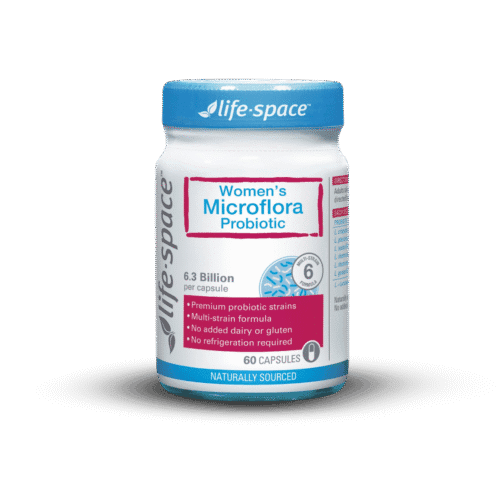A 2016 study looked into the microbiome of the penis in partners of women with and without bacterial vaginosis (BV) in heterosexual couples. It is believed that BV-associated bacterial colonies are transferred via sexual intercourse to and from sexual partners.
In previous studies, BV-associated bacteria have been cultivated from the male urethra, glans penis, coronal sulcus (the indentation/groove behind the corona), prepuce (foreskin), penile skin, and in urine and semen samples.
The Nugent score of female partners with BV correlates with the presence of BV-like flora in the coronal sulcus skin specimens. Circumcision is known to dramatically affect the penile microbiome.
The study
PCR testing was used to look at monogamous couples with and without BV, and the microflora inhabiting the penis, urethra and penile skin.
Study findings
- Penile skin and urethral microbiota of the male partners of women with BV was significantly more similar to the vaginal microbiota of their female partner, compared to the vaginal microbiota of non-partner women with BV.
- Male partners of women with normal vaginal microbiota did not have significantly similar microbiome of the genitals in either the penile skin or urethra.
- BV-associated species were similar in women with BV and their male partners.
- This finding supports the hypothesis that BV-associated bacteria are shared via sexual contact in monogamous heterosexual couples where the woman has BV, but not in couples where BV is not present.
- Bacterial diversity, a negative sign in the vagina, was significantly higher in the BV group of women and their male partners’ penile skin than in the non-BV group, but the diversity was greater in the women.
- The urethral diversity (this does not include which species were present) did not differ in the BV males and the non-BV males.
- BV-related bacteria were far more abundant in penile skin and urethral samples of the BV male group than the non-BV male group.
- The urethral samples of uncircumcised men in the BV group were significantly more similar to the vaginal microbiota of their partner than circumcised men.
- There is an hypothesis that may soon be tested that circumcised men clear the female microbiome from penile skin more rapidly than uncircumcised men.
Check out the PDF table that shows which species were more abundant in both healthy and BV-related vaginas and penises.
References
Zozaya M, Ferris MJ, Siren JD, et al. Bacterial communities in penile skin, male urethra, and vaginas of heterosexual couples with and without bacterial vaginosis. Microbiome. 2016;4:16. Published 2016 Apr 19. doi:10.1186/s40168-016-0161-6








